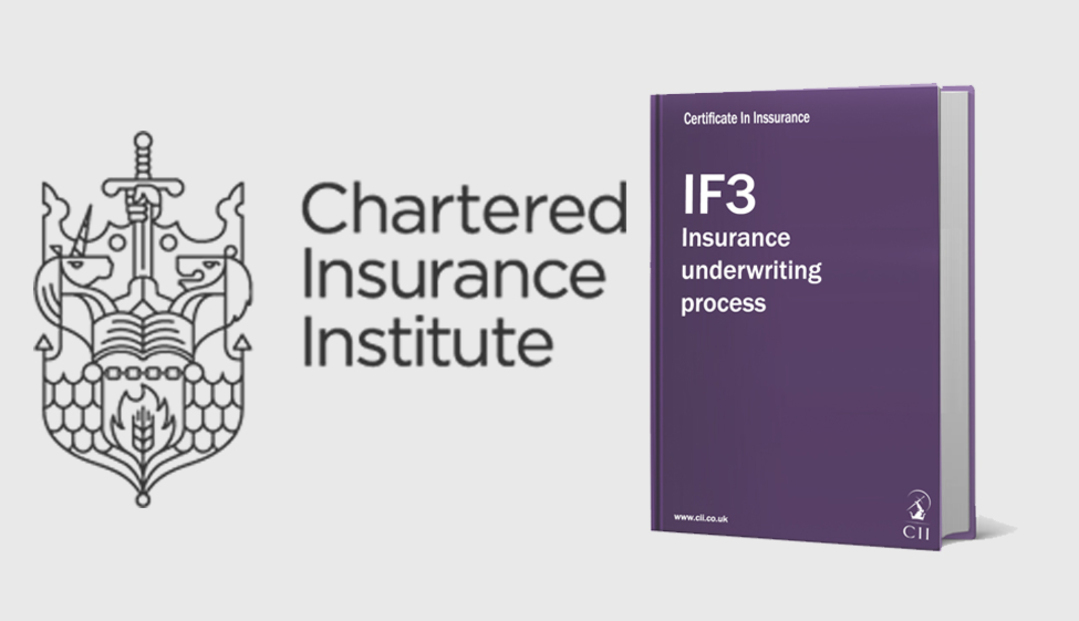
Insurance Underwriting (IF3)

It is time to be REAL Underwriter
People’s perception about underwriters:
Most of those working in the insurance industry believe that being an underwriter means you are sitting in an ivory tower where clients are begging you to accept the business and you are dealing with the business in a very delicate and technical manner or maybe you are having a crystal ball and you are using it to know the future and thus you are supposed to write only the profitable business, from their perception losses are not acceptable and at the time of claim you will be blamed and they will tell you if you would have written the good business, we should not be paying any claim right now.
These are the thoughts of these working in the insurance industry, please don’t think of the thoughts of those who are not involved in the insurance industry, I am sure it will be farce.
These thoughts are very unrealistic and they have nothing to do with the reality.
The underwriter is just a human been made of flesh and bones, he might take some good decisions and definitely he will be taking some bad ones as well.
There is neither the ivory tower were where clients are begging the underwriter to accept neither the business nor the crystal ball that would allow the underwriter to know the future and thus writes only the profitable business.
The underwriter:
In these days the underwriter can be defined as: the professional, witty and well trained personnel, who carry on the underwriting process, i.e. generate profit.
That means the core of the matter is to generate profit, that sounds logic, because the insurance company is not a not for profit organisation.
When it comes to profits, how profits can be generated:
How the underwriter can generate profit?
The profit can be generated only when the result of the below equation comes in +ve.
Profit = Earned premiums + investment income + net commission – (incurred loss + underwriting expenses).
From this equation we can say that the underwriter is responsible mainly for maximizing the earned premium and minimizing the incurred losses.
So the question will arise, how the underwriter can maximize the earned premium and how he can minimize the incurred losses?
The underwriter can do that by utilizing the underwriting tools.
That will lead to another question to arise, what are the underwriting tools?
Or maybe before answering this question we should seek for answering this question, what does it take to be underwriter?
Some people will say underwriting is just a job and anyone can do it, but in fact that is untrue, because underwriting is not just a job, insurance underwriting is a career where underwriters can spend 40 years and more and will still be learning something new every day, underwriting is passion, is craving for perfection, is trying to solve the eternal dilemma of achieving the top line and the bottom line and also solving the other dilemma of balancing the distance between meeting the clients’ needs and the underwriting guidelines.
When someone choose the underwriting to be his careers, that means insurance becomes his destiny and when insurance becomes his destiny, that means he can’t spend sometime in the insurance industry and then shifts career to something totally different. Why? Because simply; nobody can escape from his destiny.
Now let us discuss the underwriting tools.
The Underwriting Tools:
The common underwriting tools are:
I. Wording;
II. Conditions;
III. Exclusions;
IV. Warranties;
V. Deductibles;
VI. Premium Rate.
How we can utilize the underwriting tools:
The hammer can break anything until it used by talented sculptor who will create a wonderful statue, the same goes with the underwriting tools, as they will be just words, until they are used by talented underwriter.
THE TALANTED UNDERWRITER:
According to the competency manual issued by the CII, it takes around 15 years to be promoted from Underwriting assistant to be underwriting manager.
It is not just spending years, in these years the underwriter must work on himself to improve his talents and sharpen his skills to master his craft and fulfill his passion.
It is a long path and it is full of study as well, nevertheless studying is not mandatory but it goes without saying that the experience gained from work without being supported with study is very expensive and also studying without experience is worthless, thus the underwriter must gain experience and study simultaneously.
What study the underwriter should look for:
The CII Courses is the best.
The underwriter should start by appearing for the IF3 Paper, which is Insurance Underwriting Process.
The exam is just 75 multiple question and the time is two hours only.
The course covers, the basic underwriting principles and fundamentals.
Please enroll now in the course, attend the class and appear for the exam.
Defiantly you will feel the difference and for defiantly your career path will be faster.
.jpg)